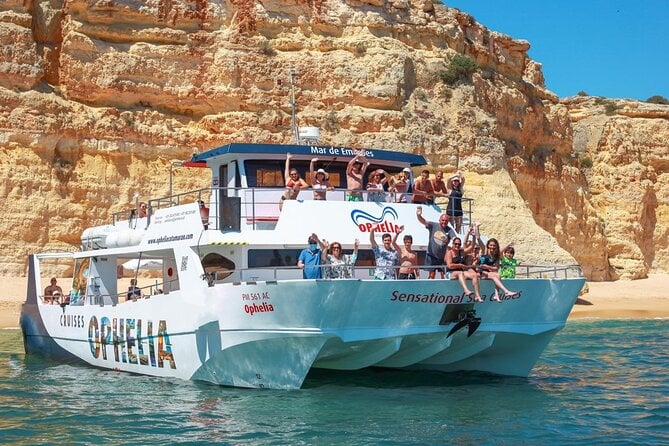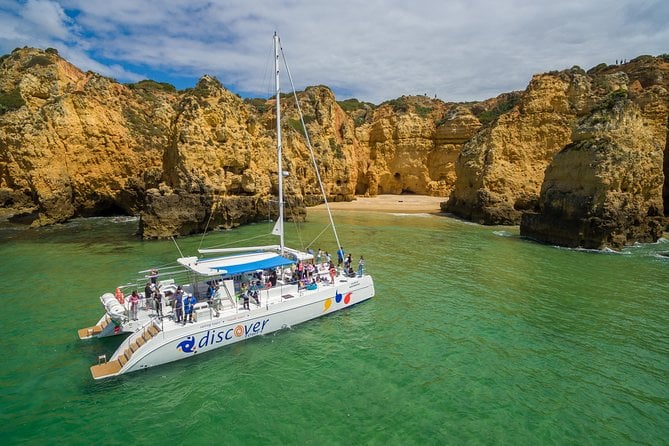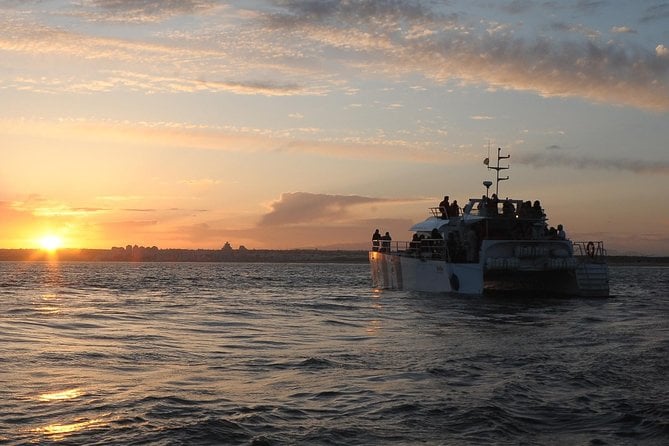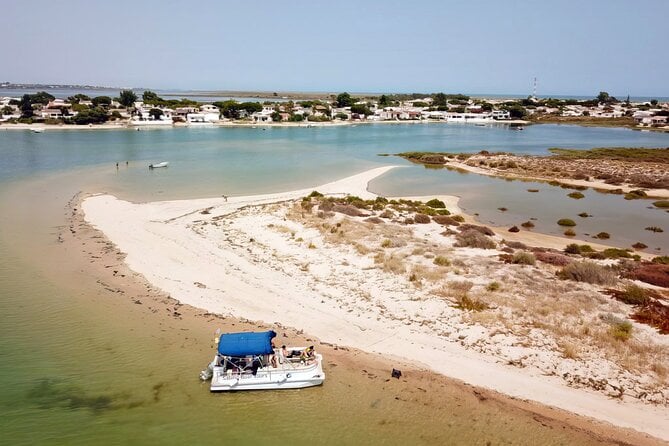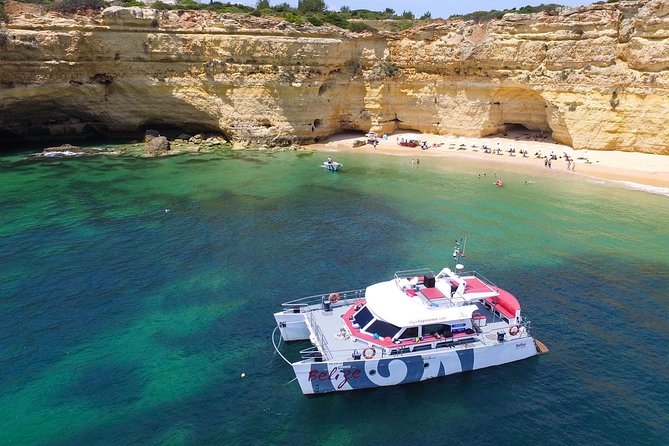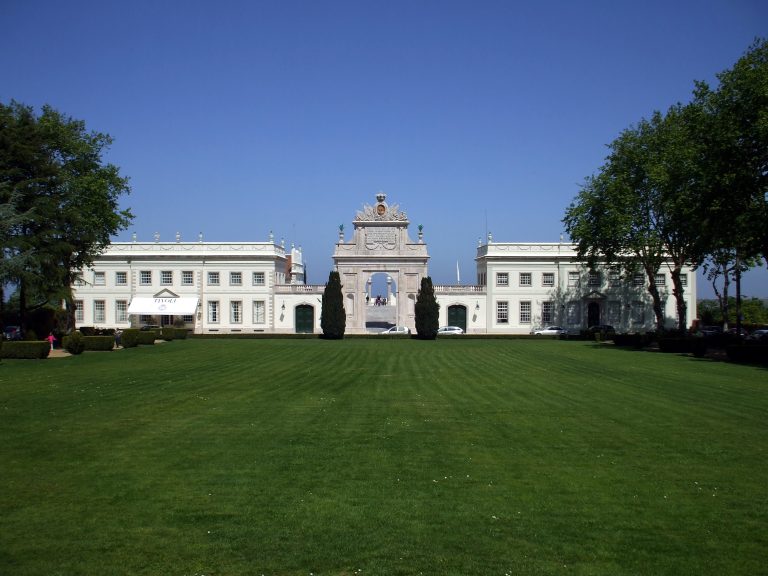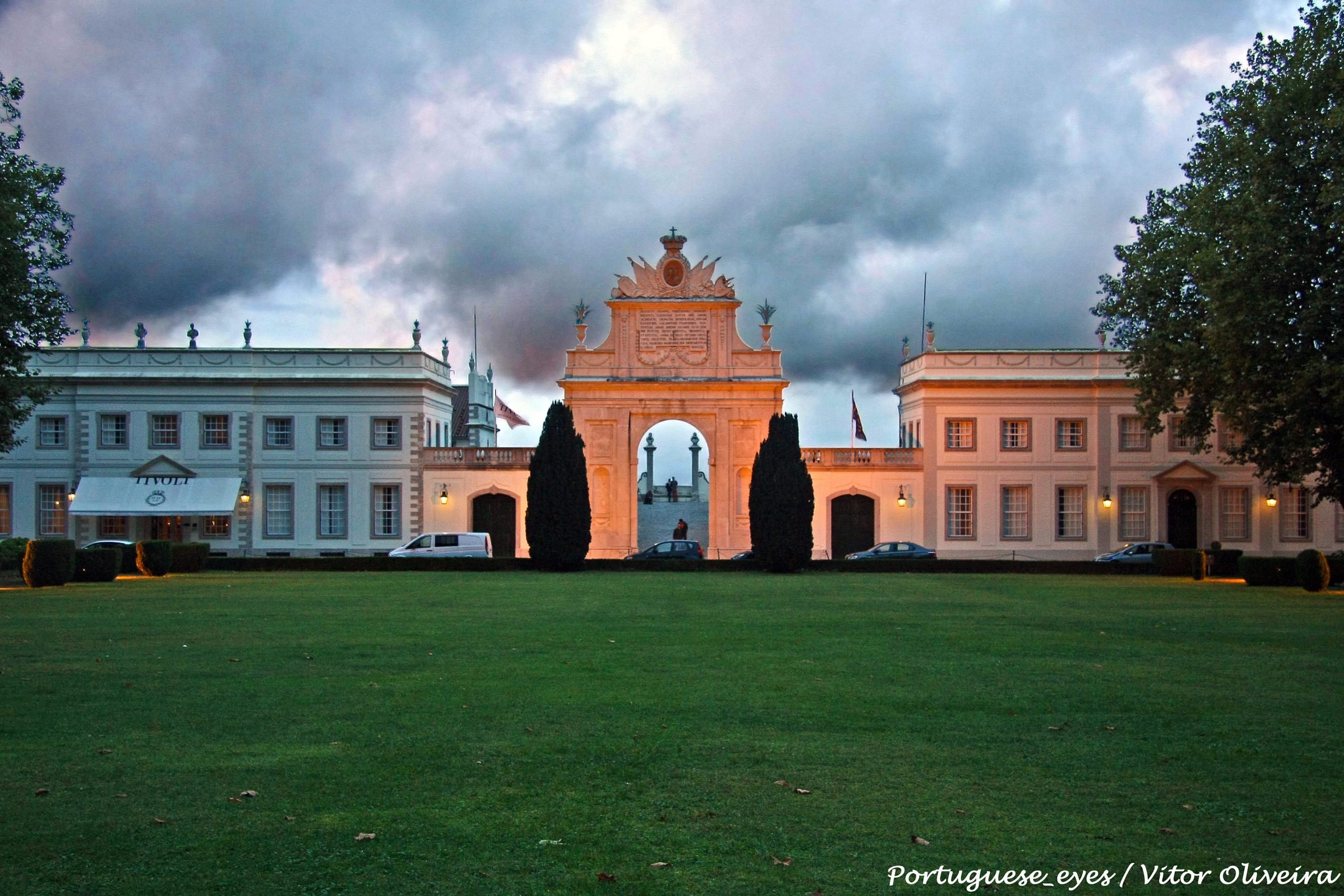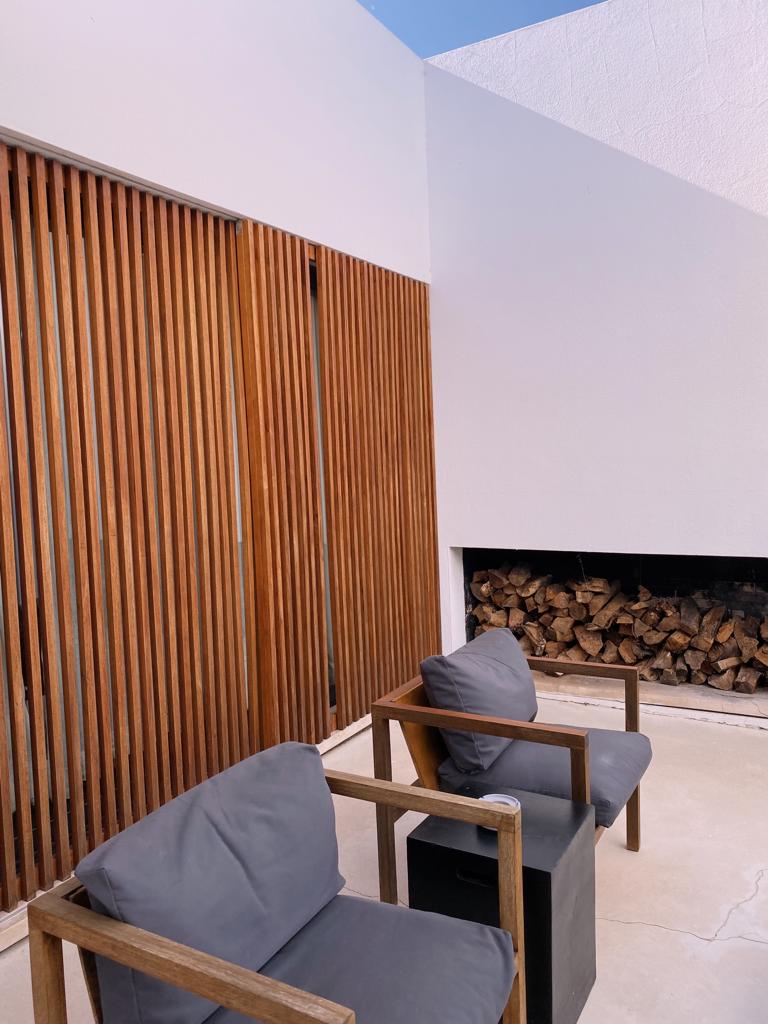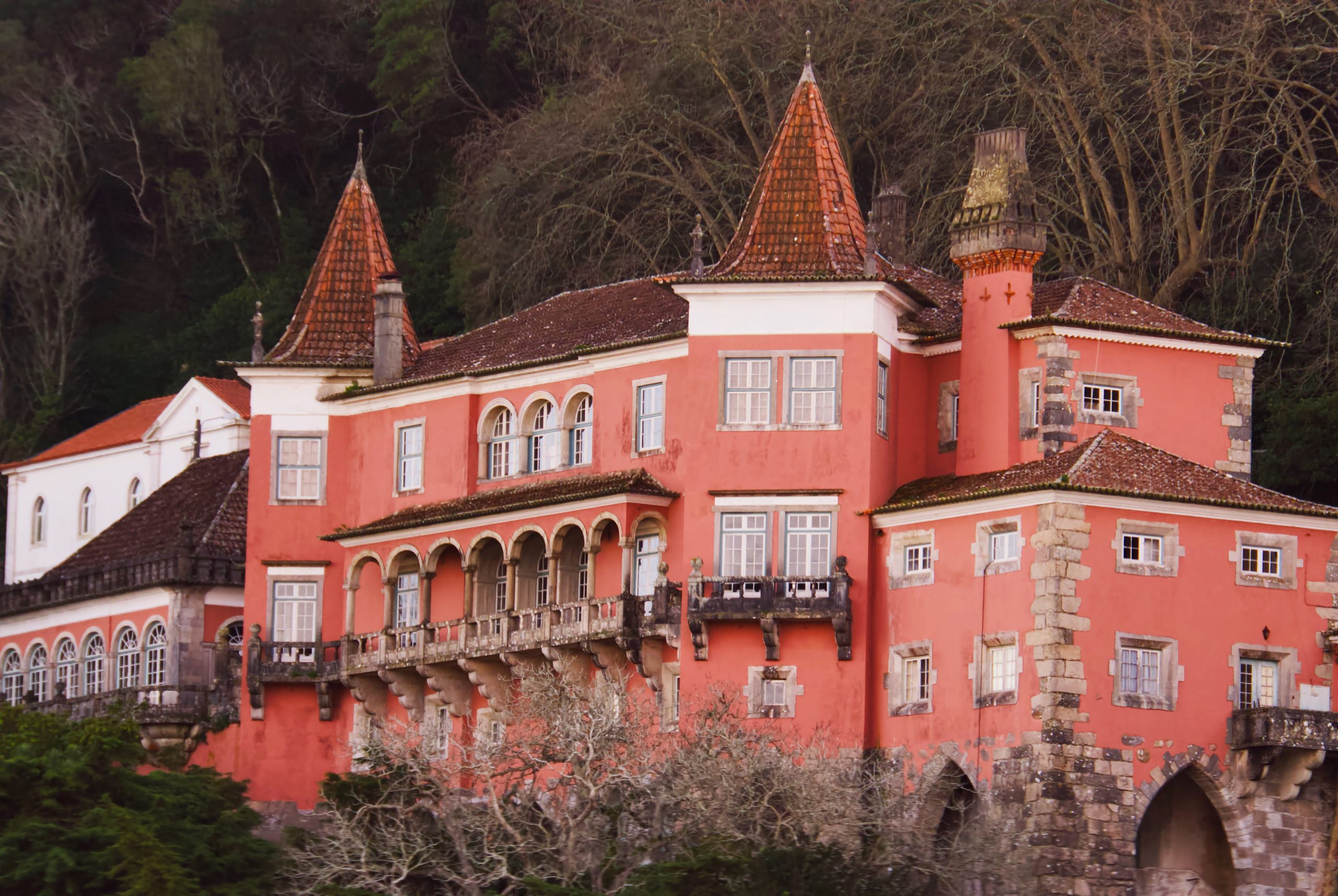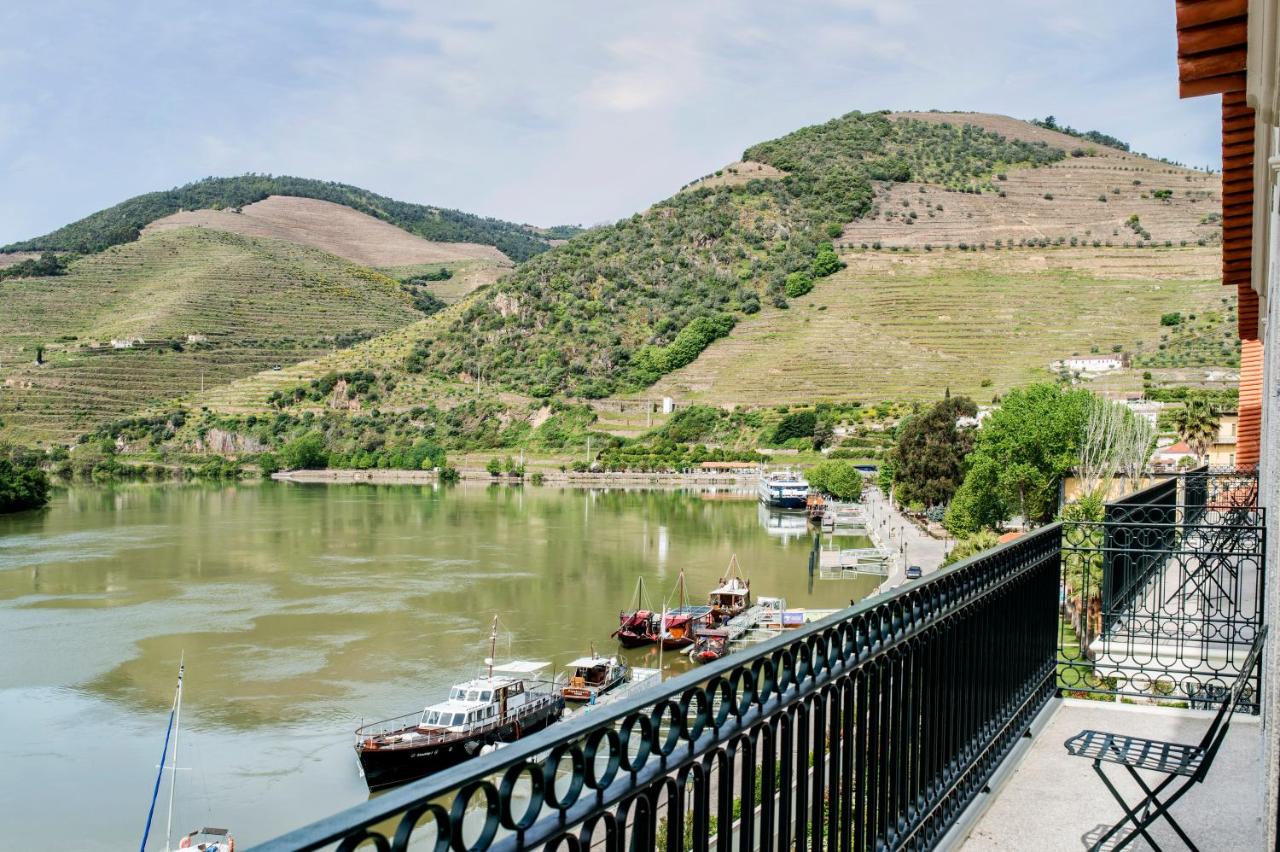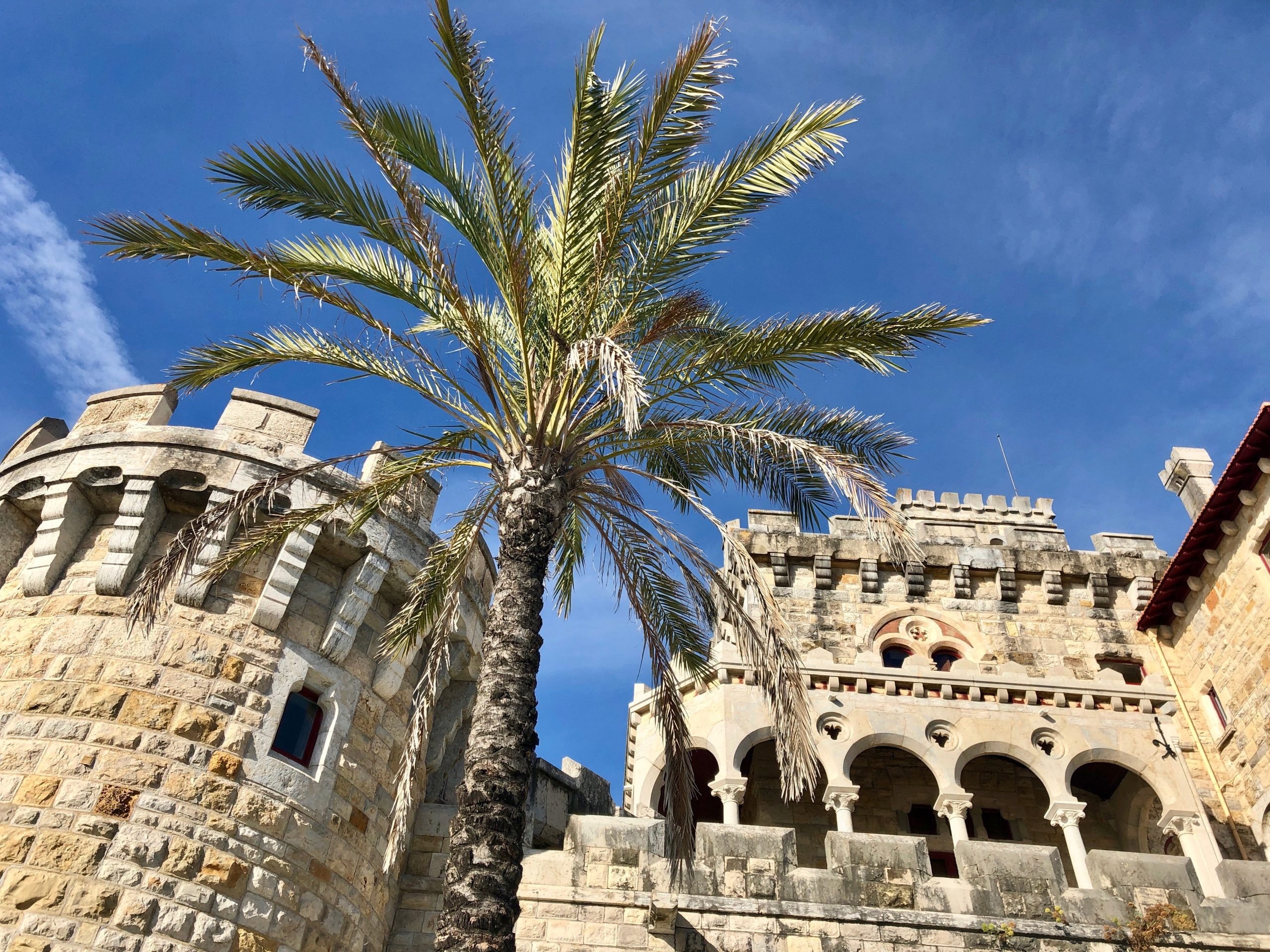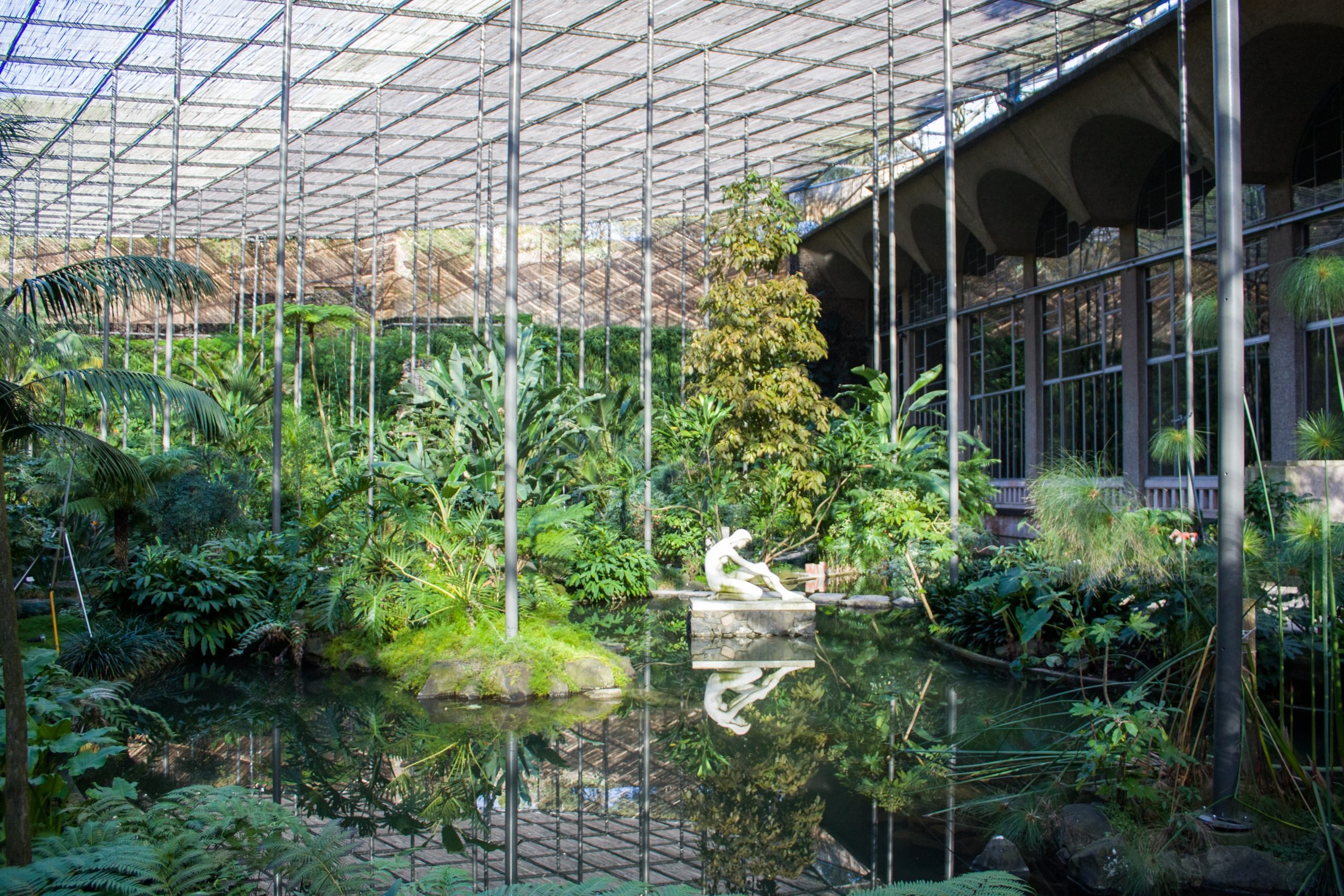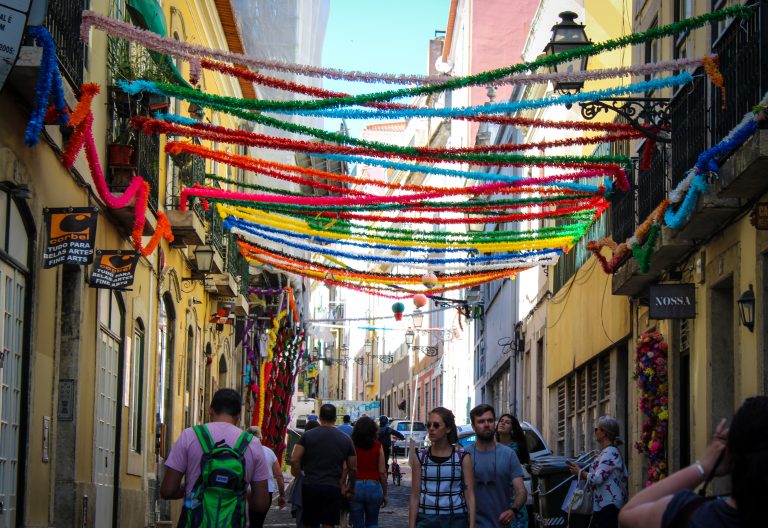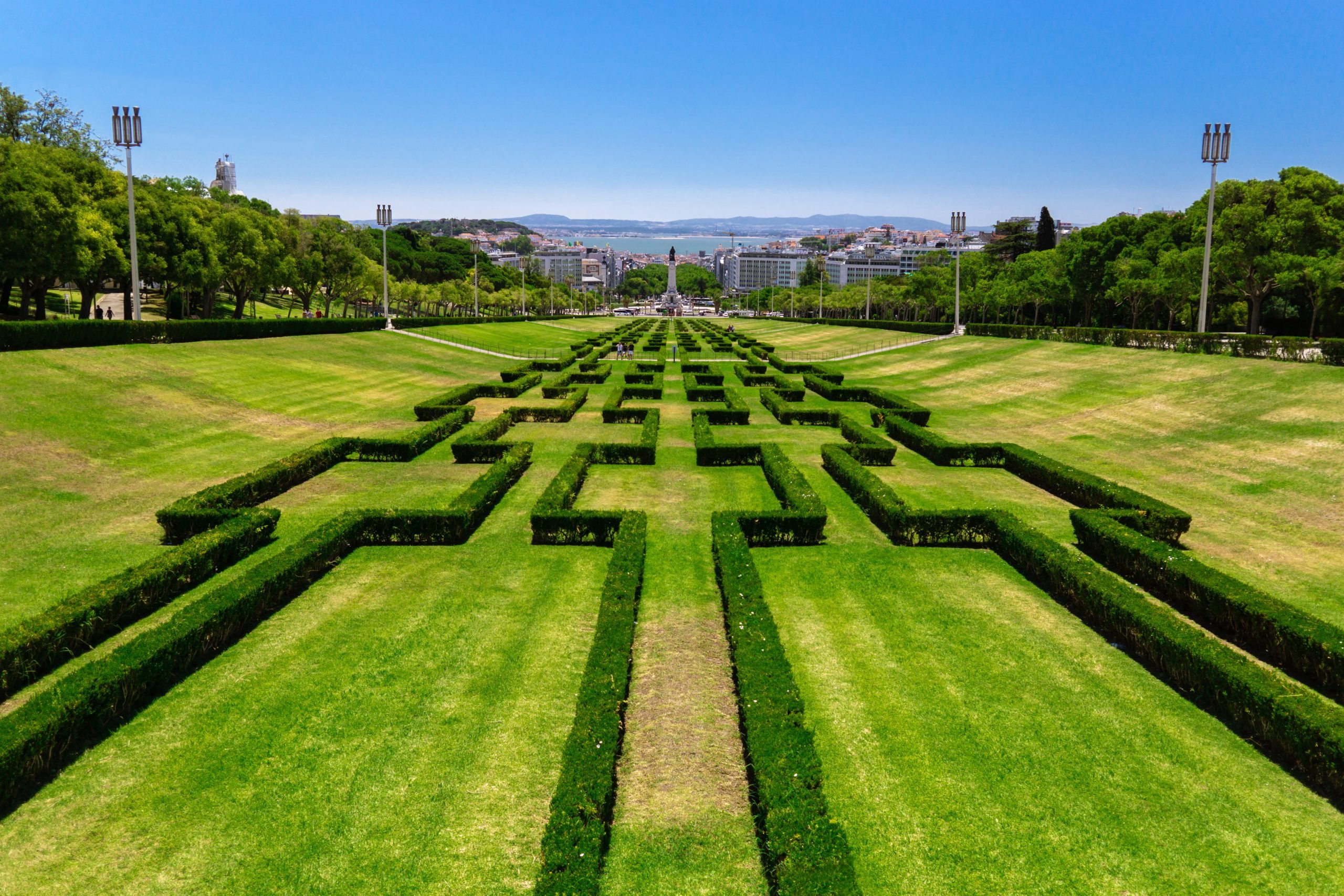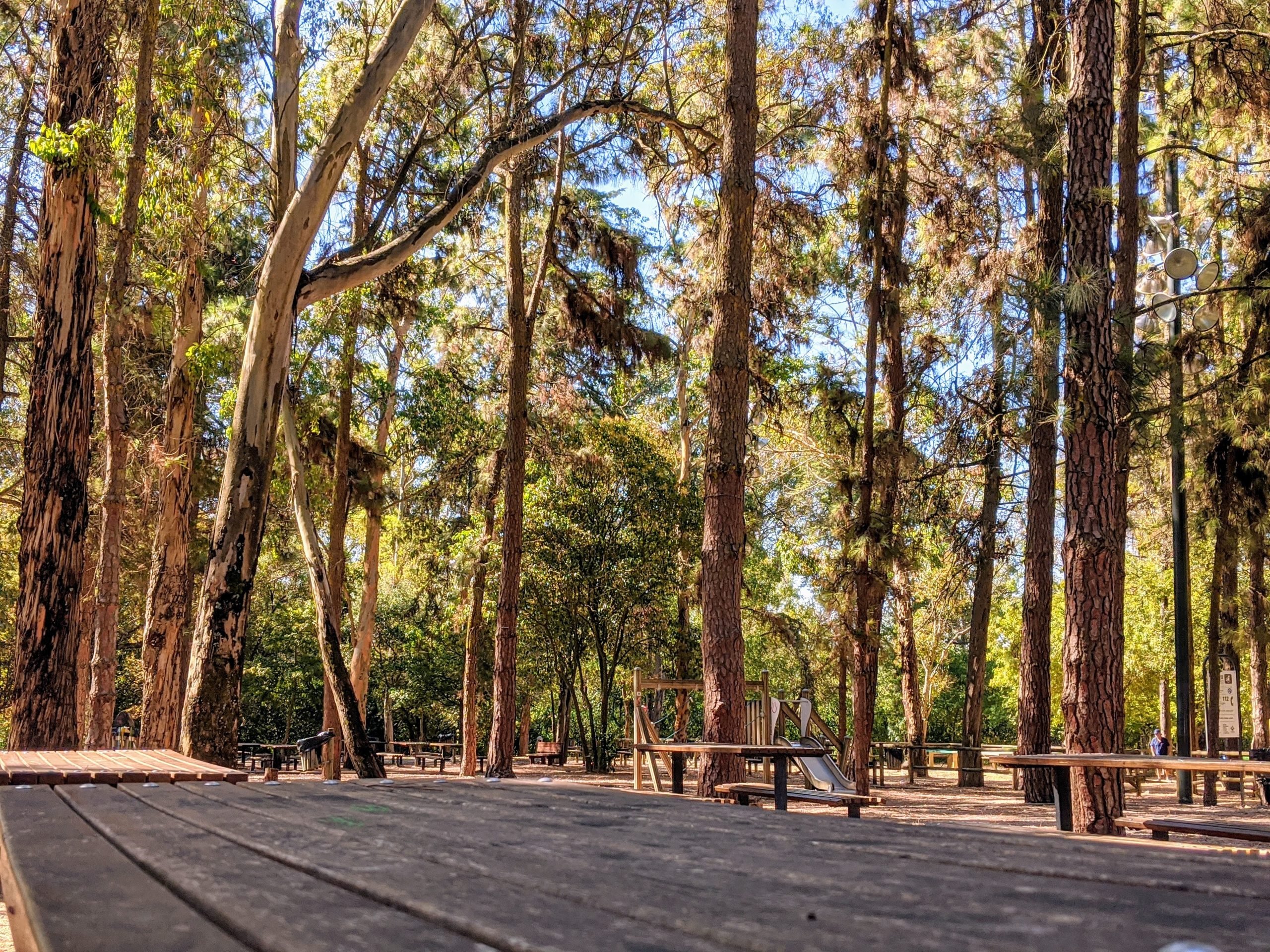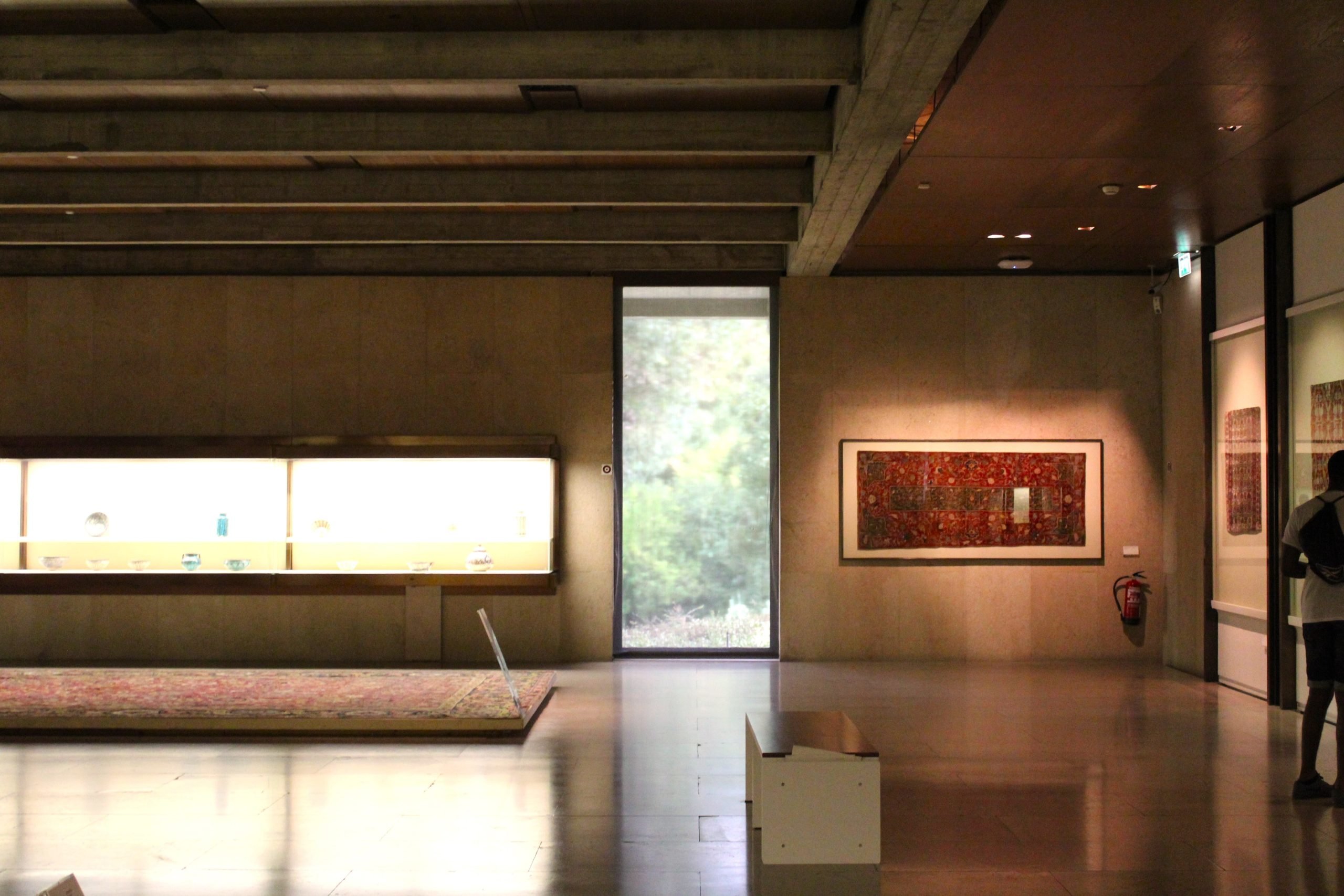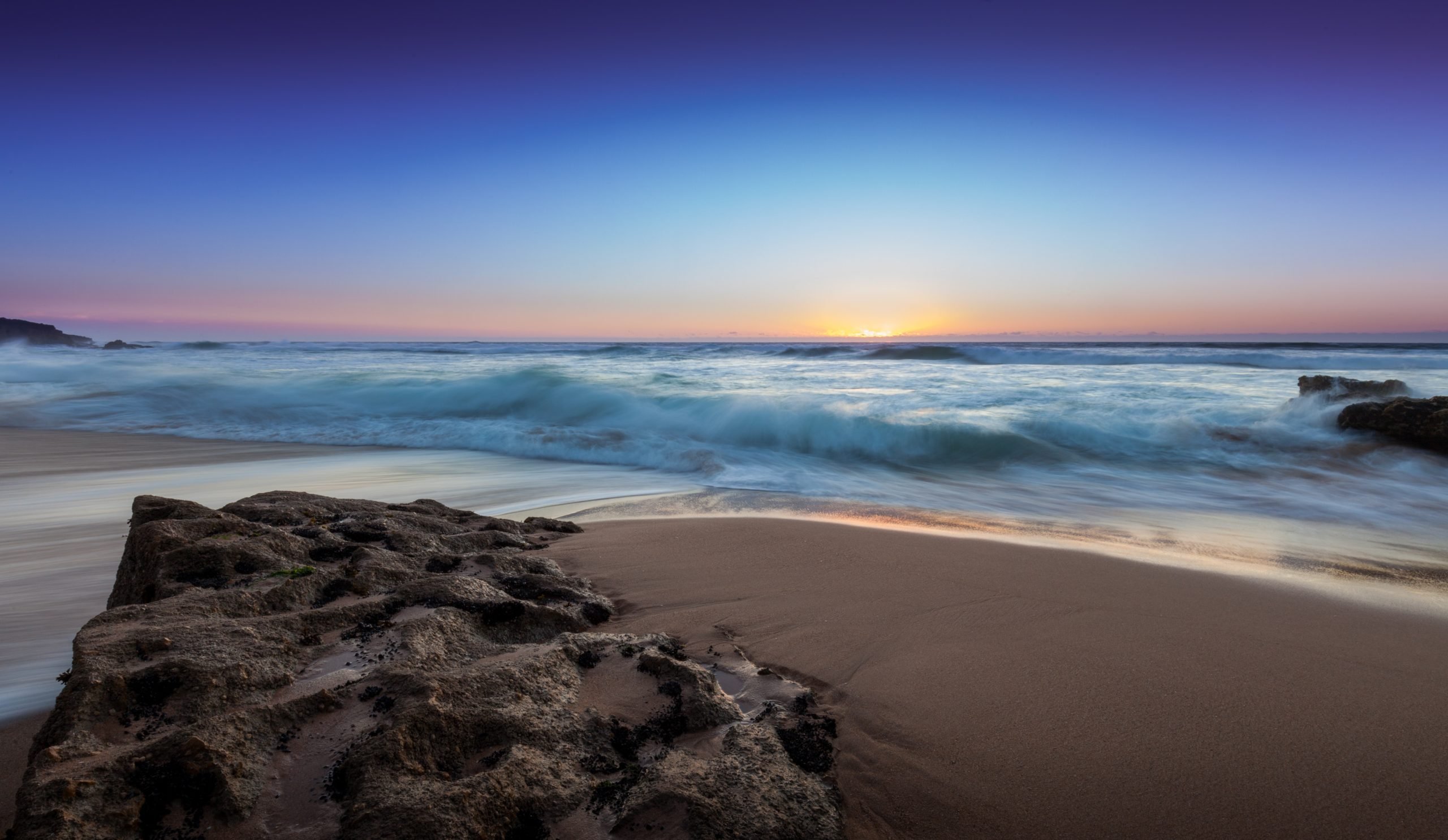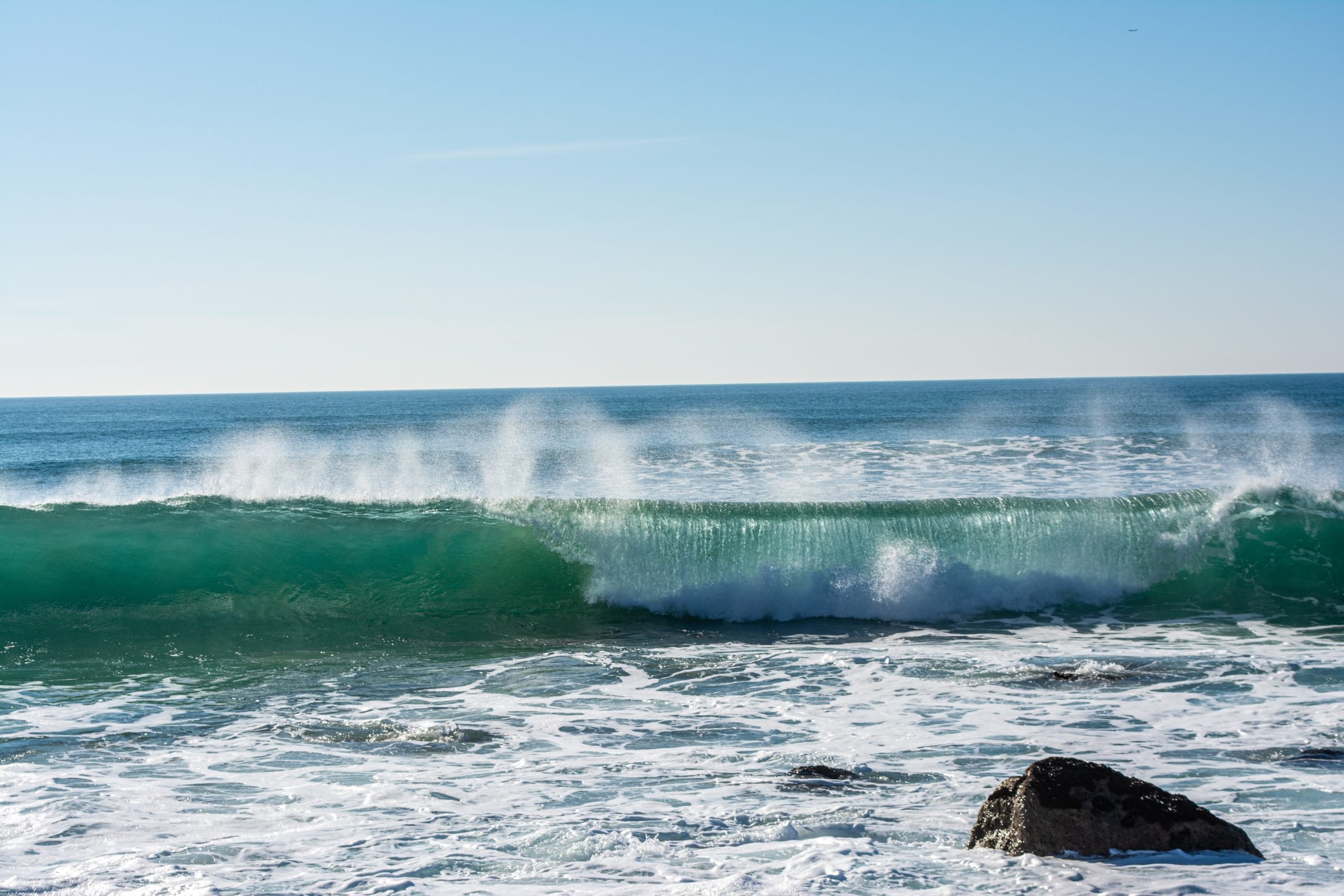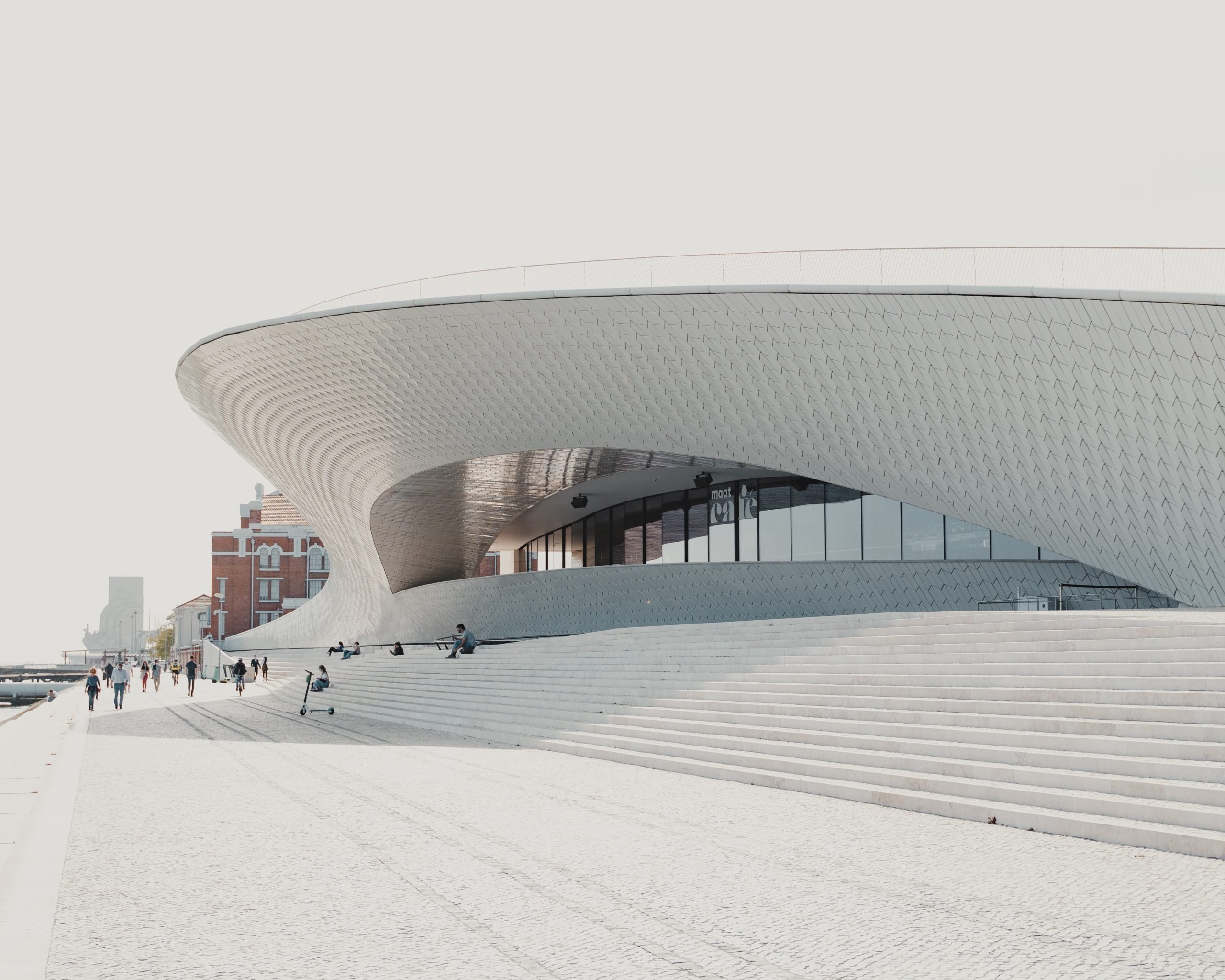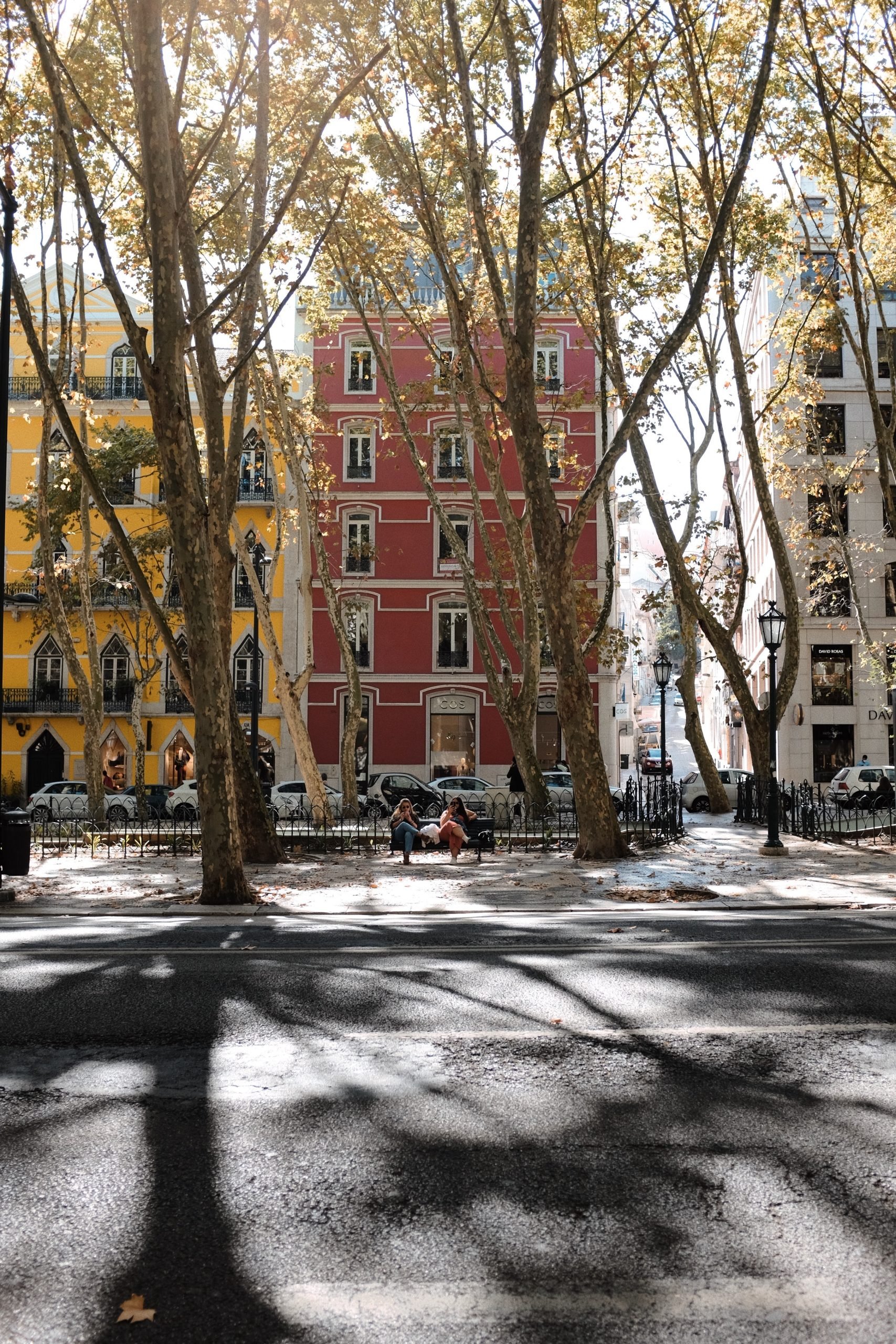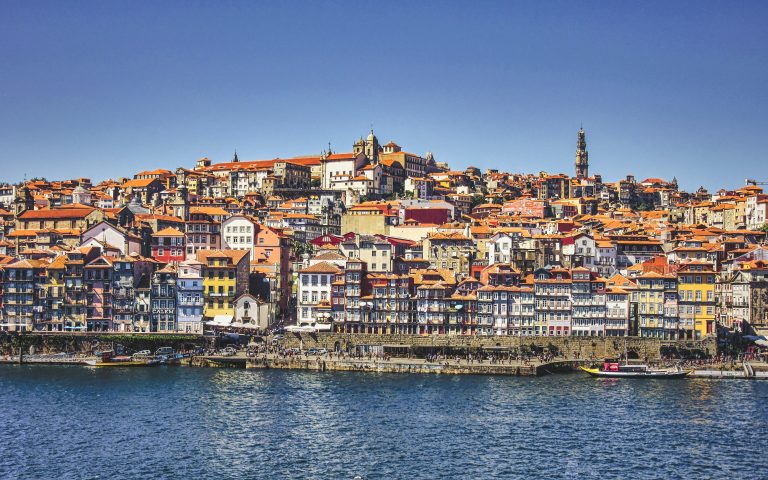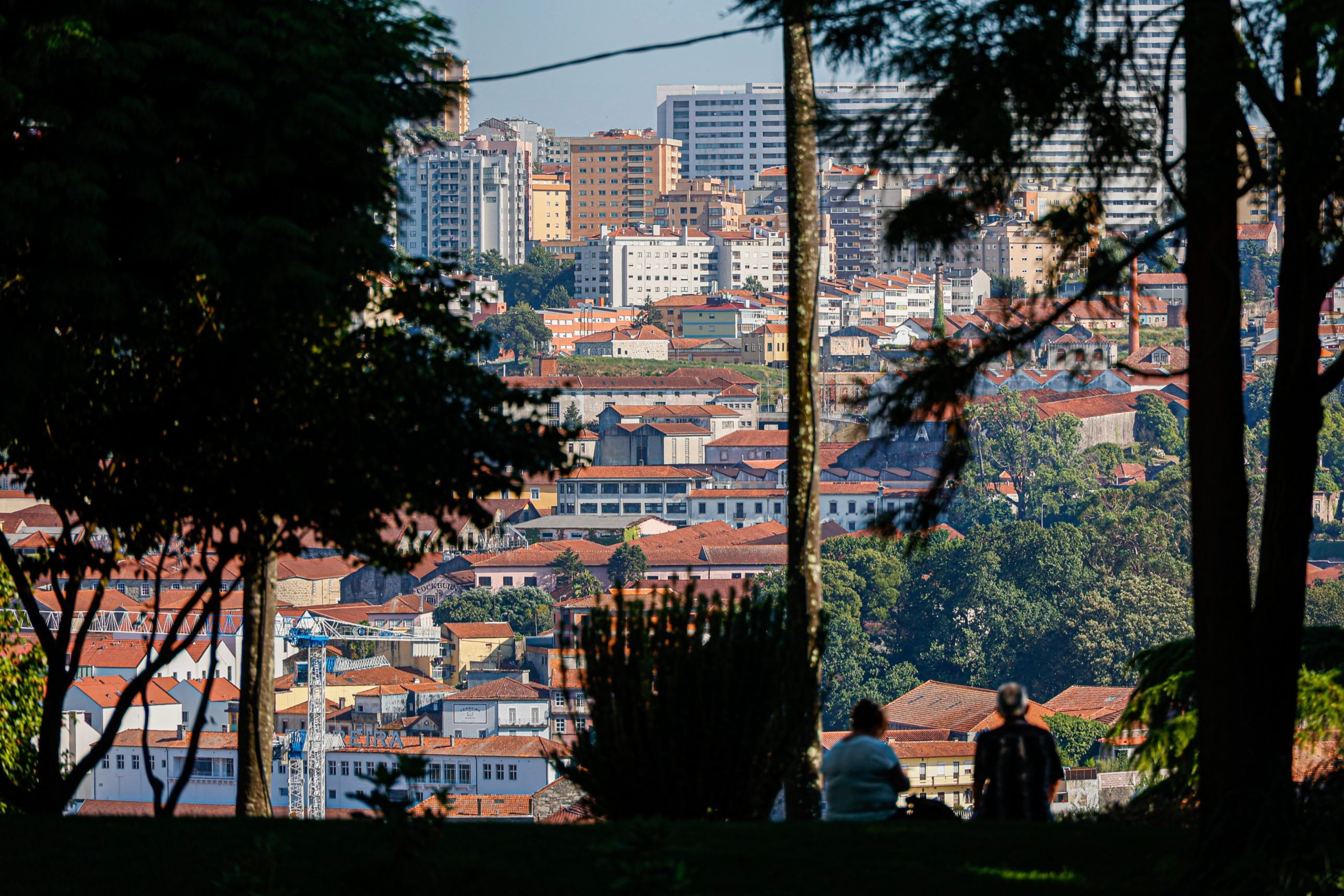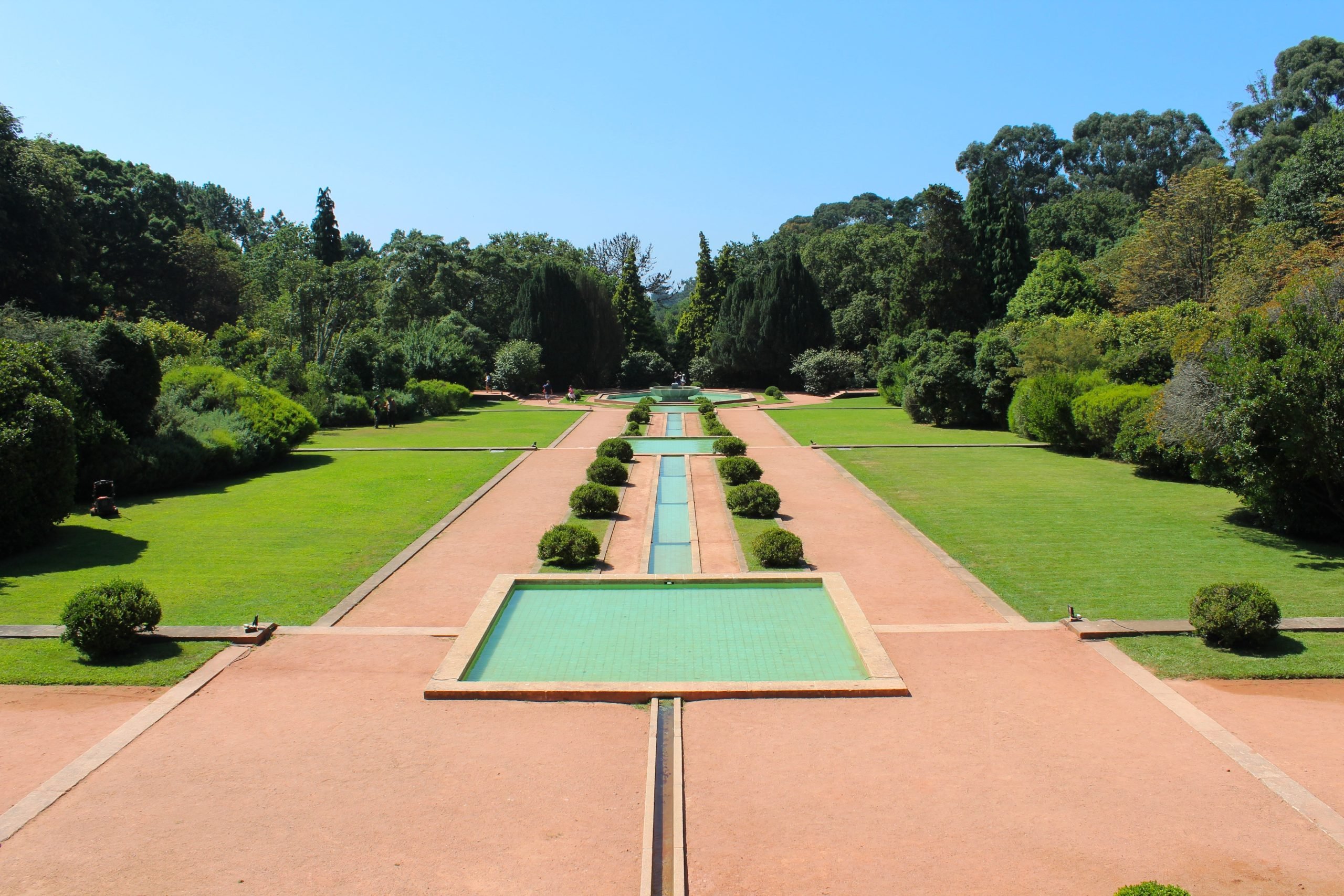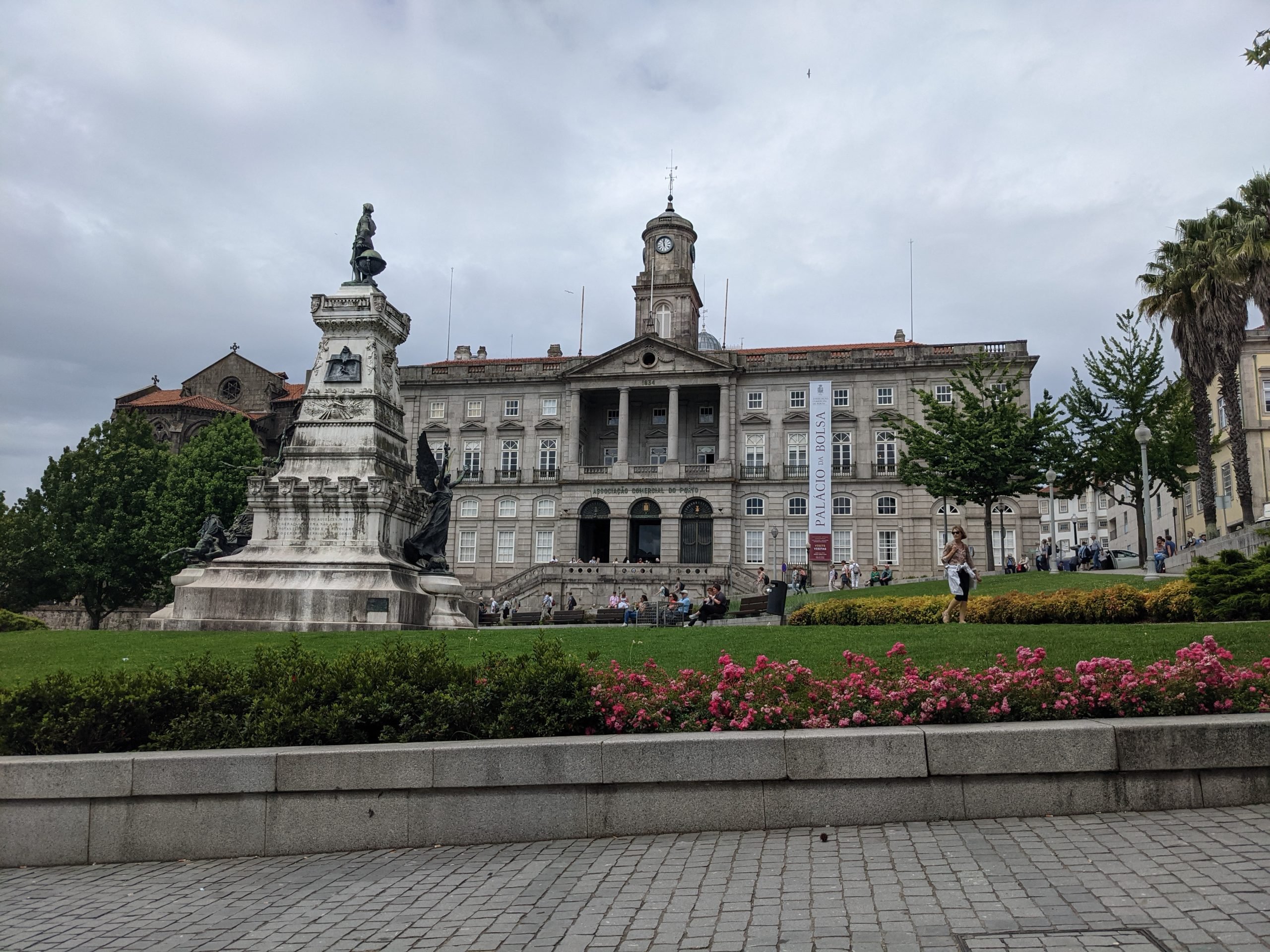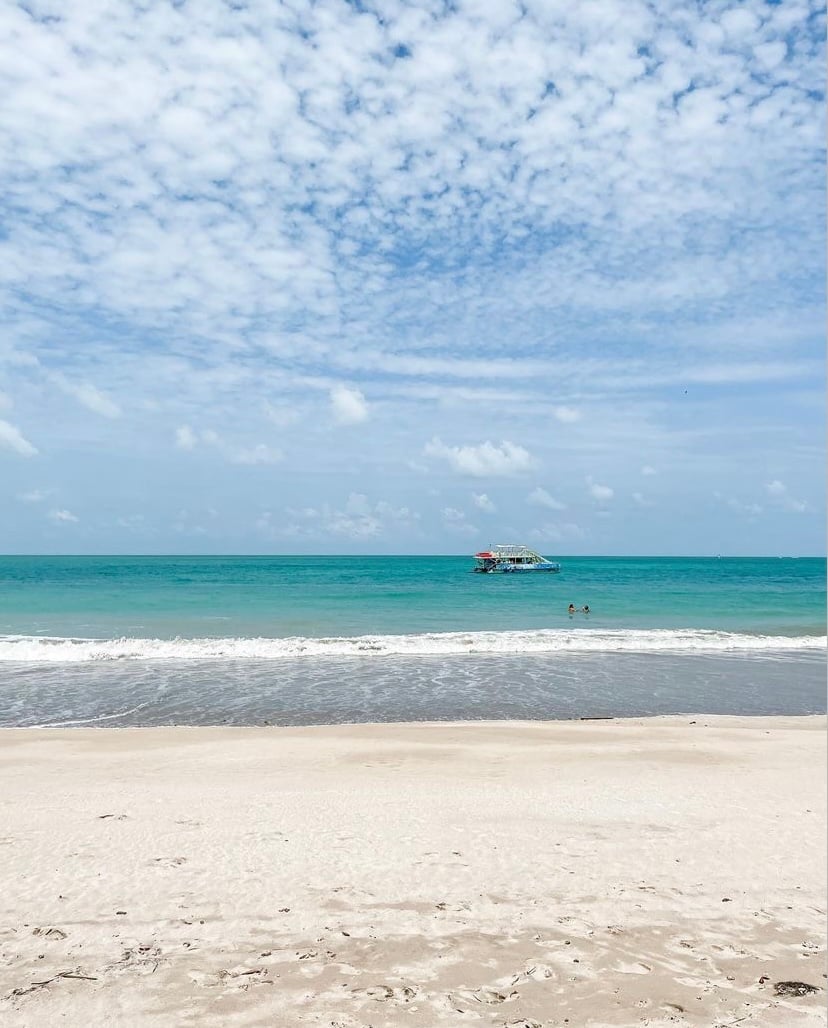The Portuguese drug law may be part of the answer the U.S. is looking for to effectively fight its drug problem. In spite of what a recent Washington Post article may suggest, the law, which was designed more than two decades ago to tackle Portugal’s large heroin problem, can help with the U.S.’s persisting public health crisis – the drug epidemic.
Even though the Washington Post’s article may indicate otherwise, the Portuguese model could be the cornerstone for the development of a new strategy to fight the United States’ ever-growing drug problem.
However, it is important to note that it cannot be the only answer. It is only a beginning, a change of perception that, together with other mechanisms, can help build a more effective plan to deal with a problem that has been evolving for years.
In order to understand how this can be true, first, we must demystify the Washington Post’s portrayal of Portugal. The truth is that it does not reflect reality but rather mixes up a wide range of arguments to justify the position. Could the drug law be the only reason for the surge in crime and drug use? Can these problems be reduced to a possible failure? Could it be that simple?
The article mentions a surge in crime, drug encampments, a siege-like mentality in wealthy neighborhoods, more people consuming drugs on the street, drug-plagued neighborhoods, etc. The way this information is connected portrays a U.S.-like scenario, where there are streets full of tents in some neighborhoods and cities, and where people use whatever, wherever. The Portuguese scenario is not like that.
Even though there is a problem, it is not as described, and the source is not only the drug law. To understand why, we will look at things from different perspectives. Each one will lead to reasons for why crime and drug use are surging. The perspectives complement each other, helping to better understand the real scenario and how the Portuguese drug law can still be an example.
First, we will look at things from a more local point of view. What is happening locally, in Porto, that may be fueling the surge in crime and drug use?
It is important to consider that the situations the article refers to are happening within very specific locations in Porto. The information provided is real. However, it is not mentioned that those locations are literally attached to what is now Porto’s most troubled neighborhood, Bairro da Pasteleira. Technically it is one of the poorest, and it has the highest crime and drug rates.
Historically, there were three of these neighborhoods in Porto, Bairro de São João de Deus, Bairro do Aleixo, and Bairro da Pasteleira. However, today, there is only one. São João de Deus was demolished in 2008, and Aleixo between 2011 and 2019. Pasteleira is the one that lasts.
The demolitions left many people homeless. Most of those kicked out of São João de Deus (the neighborhood where heavy trafficking started) moved to Bairro Aleixo, which became Porto’s “drug supermarket”. The situation was such that in 2016, scenarios like the one described by the Washington Post’s article were reported often. Crime, drugs, and drug use are not new to Porto’s authorities.
When Aleixo was demolished in 2019, most of its residents moved to Bairro da Pasteleira. It was the last one of three neighborhoods and came to host much of the population of the other two. Given the rise of the neighborhood’s population density and its limited geographic space, it is not strange that some of its inhabitants circulate and act in the periphery.
Among the residents of the other two neighborhoods came traffickers, dealers, and addicts. After 2019, Pasteleira became Porto’s “new drug market”. Today, police forces say it moves around 18 thousand drug doses and 100 thousand euros per day. Moreover, the neighborhood’s architecture facilitates crime and does not allow efficient police operations. Authorities have asked the Mayor for new streets and better light.
Instead of providing what was asked, Porto’s Mayor has been blaming these surges on the failure of the drug law. However, once there were three public housing neighborhoods, and now there is only one. The last one standing hosts much of the population of the other two, and the Mayor’s Office is partially responsible for that.
In 2010, Porto’s Autarchy (the Mayor is President of its Executive Body) and private shareholders created an Investment Fund for handling both the demolition and reconstruction of Bairro do Aleixo. It was going to be used to build riverside condos. Considering that Bairro do Aleixo was public housing, there was a contractual agreement between the fund and Porto’s Autarchy (a shareholder of the fund).
The first agreement imposed the following obligations on the fund: relocating the residents and constructing two new public housing neighborhoods. In 2021, the agreement changed and the construction of the two public housing neighborhoods was canceled. In exchange, Porto’s Autarchy would get a piece of the land (to build affordable housing and sell it in the market), and a payment of the same value as the supposed construction of the new public housing.
Meanwhile, between 2011 and 2021 nothing really happened. The fund never provided houses and the homeless residents went either to other public housing or to the waitlist. Today, there is no information about new public housing in Porto, or other viable relocation strategies for the homeless. Most went to Bairro da Pasteleira, the one used in the Washington Post’s article to provide a picture that would validate the argument.
Instead of blaming the drug law for the crime and drug usage, and the Minister of Internal Administration for the weak police action, the Mayor should think about the problem of overpopulation that led to an increase in the crime and drug rates within that specific location. And maybe actually guarantee a sustainable relocation for the residents thrown out of the other two neighborhoods, whilst maximizing the actions and the jurisdiction of the Municipal Police.
What is happening locally in Porto is that there is one problematic neighborhood with an overpopulation issue that is not being dealt with by the relevant authorities. Instead of solving it, the Mayor has done nothing more than blame its existence on the failure of the drug law, and requesting the re-criminalization of drugs.
Now from a more broad perspective, what may be happening nationally for these problems to exist? Apart from the drug law what, at a national level, may be provoking a surge in crime and drug use? What’s Portugal’s current context?
Since 2020, people have been living in increased fear and worse conditions. The social crisis brought on by the pandemic has now evolved. Today, in Portugal, the average citizen does not live but rather survives. Moreover, the economic crisis deepens, and the housing crisis keeps throwing people onto the street.
Between 2019 and 2022, housing prices surged an average of 38%, whilst disposable income only increased by 9%. Prices keep rising, and wages do not follow the pattern proportionally. Taxes remain excessively high. There are more people living on the streets, hence the increase in public drug use. What was once done inside, is now done outside. It is not a matter of choice. However, it is limited in number, and to specific locations.
Moments of crisis may lead people to desperate measures, and that is what is happening worldwide, Portugal included. Research shows that, in times of crisis, there is often an alarming increase in crime rates and drug usage. What is happening in Portugal is connected to this. Portugal’s statistical data from 2008, also a time of crisis, shows a surge in crime and in deaths by overdose. In 2008, there were 94 deaths, 30 more than in 2009 and 20 more than in 2022.
The phenomenon can be understood through sociologist Robert Merton’s strain theory, which suggests that individuals resort to desperate measures when faced with a disconnection between their goals and the means to achieve them.
According to the theory, crises create a strain on society, leading to economic instability, limited resources, and reduced opportunities. This strain, combined with the loss of social support systems and a breakdown in social order, leads some individuals towards criminal activities and/or turning to drug use as a coping mechanism. Many times, this coping mechanism leads to addiction.
While not everyone responds to crises in this way, understanding the underlying psychological and sociological factors helps explain the rise of the numbers.
In Portugal, it is possible to observe the disconnection. People want to be happy and live well but are unable to do so. Furthermore, the current state of things, either politically, socially, and/or economically, is affecting social support systems and social order. Hence, the increase in crime and drug usage
From a legislative perspective, what is happening? Why isn’t the drug law delivering the results it once did? Apart from the current moment of crisis, Portugal’s drug use rate is also being fuelled by a failure of the drug law. But why is something that worked so well two decades failing today? What happened throughout the years? To understand this, it is important to understand the Portuguese drug model.
What the Portuguese drug law changed, in 2001, was society’s perception of addiction. Instead of being considered criminals and sentenced to jail, those suffering from drug addiction started being legislatively seen as ill people that needed treatment. According to experts, this was the most valuable change that the model brought to society.
With the application of the model, drug use stopped being a criminal offense, and started being perceived as a public health issue. A problem that stemmed from other problems. According to the law, those caught using drugs publicly could be identified and detained. However, contrary to what was happening previously, they would not get jail time. Instead, they would be sent to the so-called ‘dissuasion commissions’ to initiate a form of treatment.
It is very important to note that attendance before the commission was, and is not voluntary. Neither is the treatment. The law mandates those who are identified and/or detained to attend some form of treatment. Appearing before the commission is only the first step. The referral stems from a judicial decision, which translates into the opening of a judicial process. Legally, there is no saying no. If the user chooses to be treated, the judicial process is closed. If not, the process stays open and other measures shall be taken by the authorities.
The big problem is that, in order to effectively deal with drug addiction as a health condition, there must be mechanisms to do so. If there are not, the law ceases to be effective. That is what is also happening in Portugal. Perceiving drug addiction and substance abuse as a health condition is not enough. There must be means to effectively deal with it as a public health issue, and treat users.
The law stopped being what it was because there are no mechanisms to effectively treat addiction or deal with substance abuse. There is no follow up, especially for those in worse living conditions, who may suffer from more severe addiction. There are more people needing treatment, and few resources to provide it. The number of addicts receiving treatment dropped by almost 6000 from 2012 to 2021, and the number of drug related judicial processes by almost 1500.
This loss of effectiveness is, to a large extent, connected to the massive decrease in funding. When the model was put into action, the budget was 76 million. Today, according to official reports, it is 17 million. A 59 million decrease will obviously lead to different results. There are not enough mechanisms to ensure what the law dictates.
Apart from the severe decrease in funds, the state was supposed to open publicly funded supervised drug centers. These centers, which were to be assembled in 2001 when the model was created, only opened two decades later. Today there are two, one in Lisbon (opened in 2019), and one in Porto (opened in 2022). Both are already producing visible results.
Nevertheless, two centers twenty years later are not enough. Portugal should follow the example of countries like Switzerland or Germany, which have dozens. Some cities like Hamburg and Berne have more than one.
Furthermore, the decentralization of the drug oversight operation in 2011/2012 made everything harder. There is little to no dialogue between the accredited institutions. Instead of one single agency or government body overseeing it, the largest part of the process was redirected to local offices. The opening of both drug centers, which should be a national measure, stemmed from local efforts. Today there is ongoing talk about centralizing the operation once again, hoping it will help deal with this crisis of ineffectiveness
For the model to be effective, most supporting mechanisms need to be working 24/7. For that reason, given the specific work regime of public workers (9 to 5, from Monday to Friday), resorting to private agencies or non-profit organizations was always a requirement. The Portuguese state is supposed to pay a certain amount to each one of those agencies. Given the progressive lack of funding, it cannot ensure their proper functioning. Thus, the agencies which should serve as mechanisms to fight the drug problem, do not.
When it comes to the police force, it is normal that they feel less motivated to deal with public drug usage. Police officers are people too, they are Portuguese citizens that have been surviving throughout these years of crisis. Their wage is not sufficient to motivate them to deal with what they have to deal with daily, putting their life at risk.
Police officers receive between 800 and 1350 euros, whilst the average cost of living, from a very conservative perspective, is between 1600 and 2300 euros for two persons. This lack of motivation is especially true with public drug usage, where, because of the actual non effectiveness of the mechanisms due to the reasons mentioned above, nothing seems to happen. What police officers can, and should do, is fight drug trafficking effectively.
According to the report of the European Monitoring Center for Drugs and Drug Addiction, drug supply has been increasing throughout Europe. Portugal is a gateway to the European continent.
Thus, apart from rearranging the mechanisms and updating the law (without re-criminalization) to ensure its effectiveness, strong efforts must be made in fighting both trafficking and dealing. Both actions are criminal offenses, and those who practice it should be stopped and sentenced to jail.
Re-criminalization of usage should not be the road to take. Sending drug users and addicts to jail will not solve the drug problem because there are drug supply chains everywhere, prisons included. Re-criminalization would only divert the problem away from the public eye, but it would not solve it.
The United States may be perceived as an example of the ineffectiveness of the criminalization approach. Since the 1970s, the United States has been waging an intense war on drugs. The solution to the drug problem has been criminal justice and the intention of that justice has been to reduce the amount of drugs crossing the borders and to limit what is distributed, sold, and possessed.
If we look at the country’s drug policy, and its relentless and expensive efforts to control the drug supply, we may be induced to conclude that the real problem is the availability of drugs. In fact, that was the central theme of the 1961 UN’s Single Convention on Narcotic Drugs.
Whilst it is true that there are too many drugs available, it is also true that there are more and more people wanting to use drugs. According to sociologist and Professor William R. Kelly, the latter is the main catalyst for the drug problem and remains unaddressed. Meanwhile, the problem escalates.
Today, more and more people are wanting to use drugs. According to the strain theory, moments of crisis lead people to desperate measures. In the United States, the number of deaths by overdose more than doubled in the last 10 years.
If we interpret the law of supply and demand in economics without considering the price, we may infer that demand drives supply. In fact, demand, or personal consumption, of any product, can be seen as the main driver of any economy. When it comes to drugs, it is not different. Especially because drug use is not always a choice. Independently of the price, there will be demand. Demand, in turn, drives supply. If more people want to consume, more drugs will be available.
In the 1950s, the American Medical Association declared that addiction and substance abuse were medical disorders. Theoretically, it represents the exact change of perception that was introduced by the Portuguese model. However, it does not have the same strength. A proclamation made by the medical association is not similar to a statement legitimized legislatively.
This legislative change is what could set the tone for a new strategy. More than decriminalizing drugs, it would allow for a change of perception that would help deal with the real problem, the demand for drugs. However, given the level and depth of the problem within American Society, it will not be easy. The problem has been maturing for years because of criminalization, and society itself.
To be able to tackle it, there must be a strategy designed by a multidisciplinary team that would use the change of perception brought by the Portuguese model as a starting point. Although, the follow-up must be perfect. The proper mechanisms must be put into place, and public funding can never lag. If it does, the strategy will not be effective.
That is what is happening in Oregon. Citations cannot be toothless, treatment cannot be voluntary, and funding must be a priority. It is impossible to deal with the problem if there are no means to do so. Laws, by themselves, only provide a basis.
The drug problem in the United States is deep and complex. Given the current context, it may seem like everything is lost, but that is not true. There is still time to fight back. The strategy that has been in place since the 1970s did not help. In fact, it only made it worse. Thus, it is time for a new strategy. A strategy that will help to control the demand as much as possible, and the Portuguese model may be part of the answer for that new strategy.

